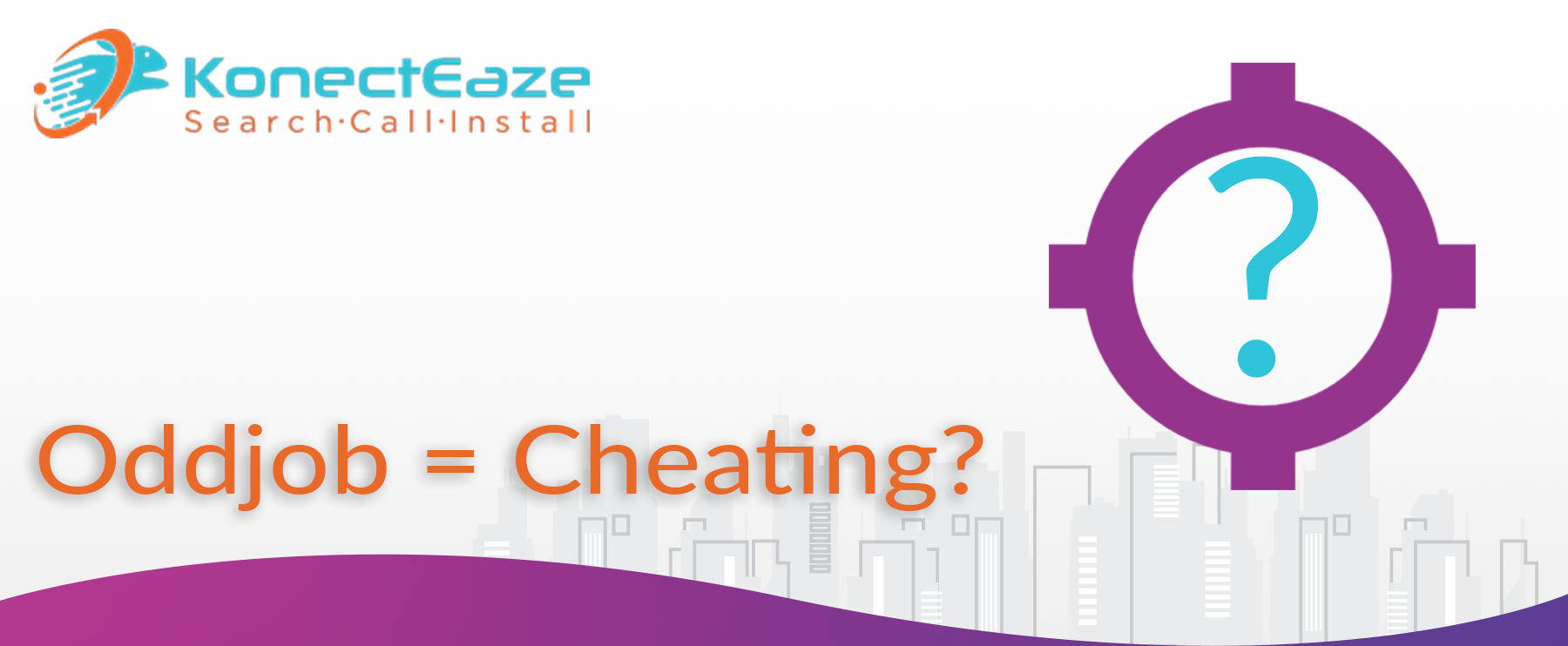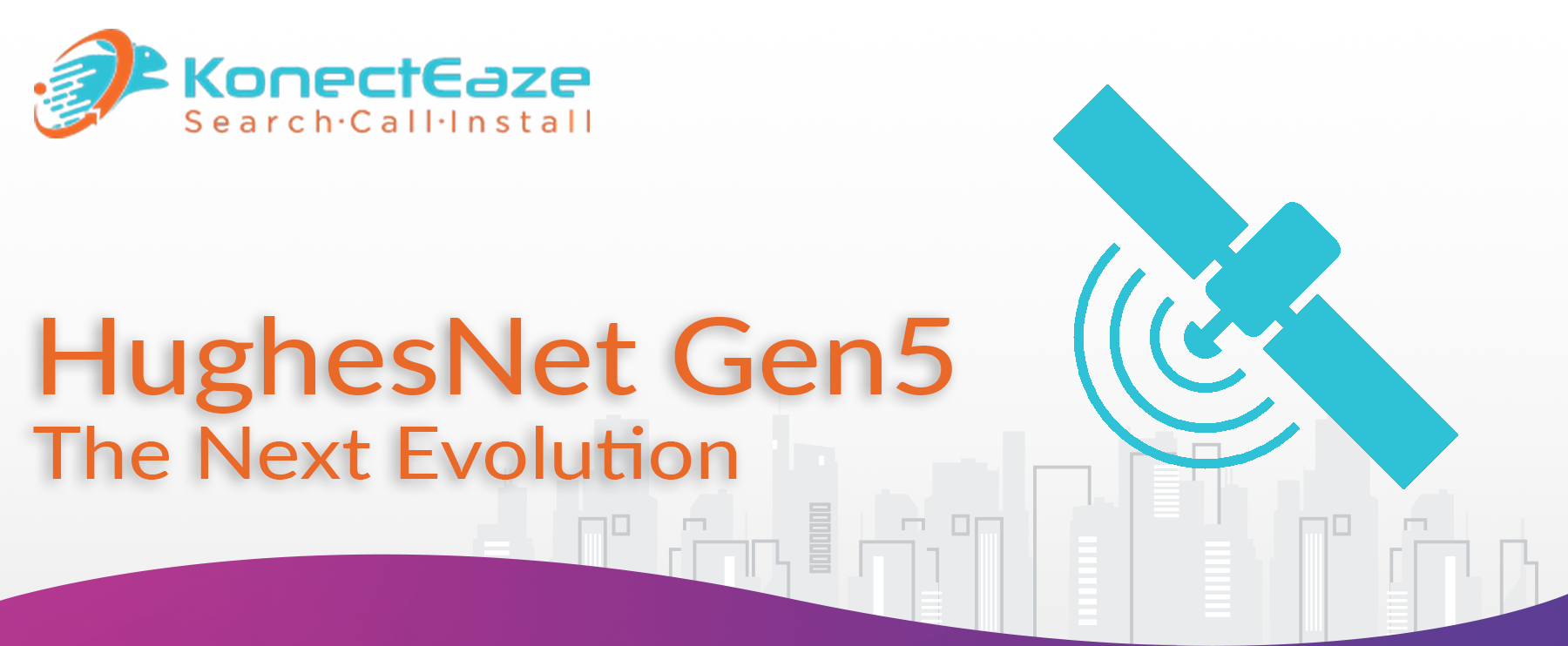Mesh Networks and 9 Spiders
Introduction
Mesh networks and range extenders are crucial for improving Wi-Fi coverage in homes with many devices and potential signal barriers. But how do they work, and what do they have to do with Spider-Man?
Range Extenders
Range extenders amplify and rebroadcast your Wi-Fi signal, creating a separate network and cutting available bandwidth in half. This can be useful for overcoming physical barriers like brick walls but may require switching networks for optimal performance.
Mesh Networks
Mesh networks use nodes to extend Wi-Fi coverage without creating separate networks. These nodes communicate with each other to provide consistent and reliable Wi-Fi throughout your home, akin to a series electrical circuit.
The Spider-Man Analogy
The article draws a comparison between rebooting the Spider-Man franchise and solving Wi-Fi issues. Just as Spider-Man films have seen various reboots and versions, improving Wi-Fi coverage requires exploring different solutions. Instead of simply increasing bandwidth, consider mesh networks for a more reliable and integrated solution.
Conclusion
For optimal Wi-Fi coverage, mesh networks offer a superior solution compared to range extenders, much like a well-rebooted Spider-Man film can outperform its predecessors.



